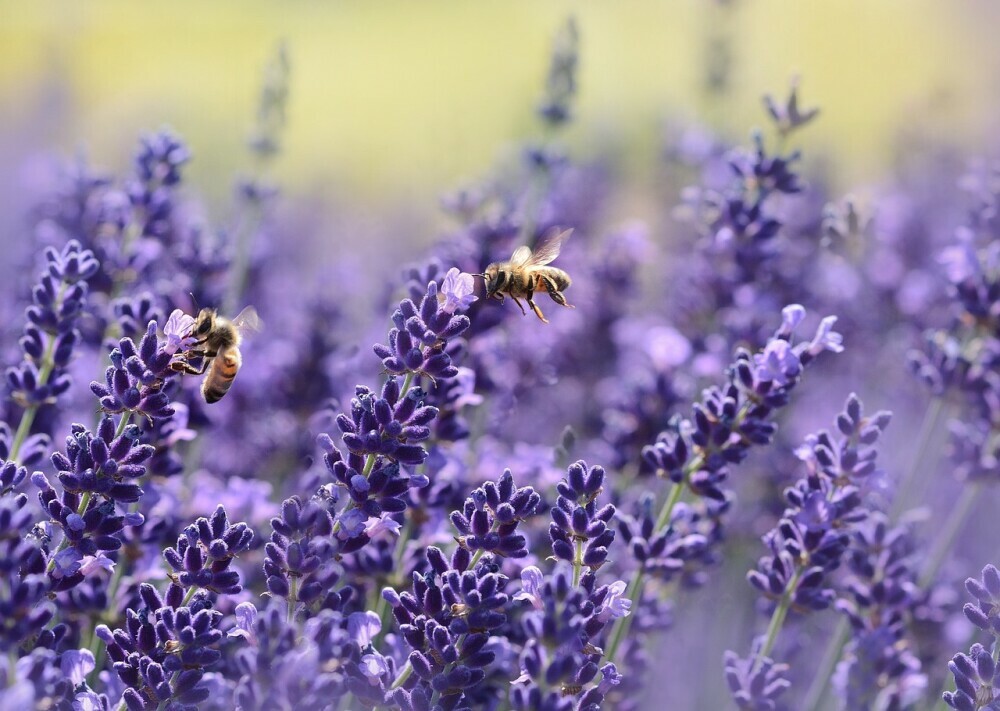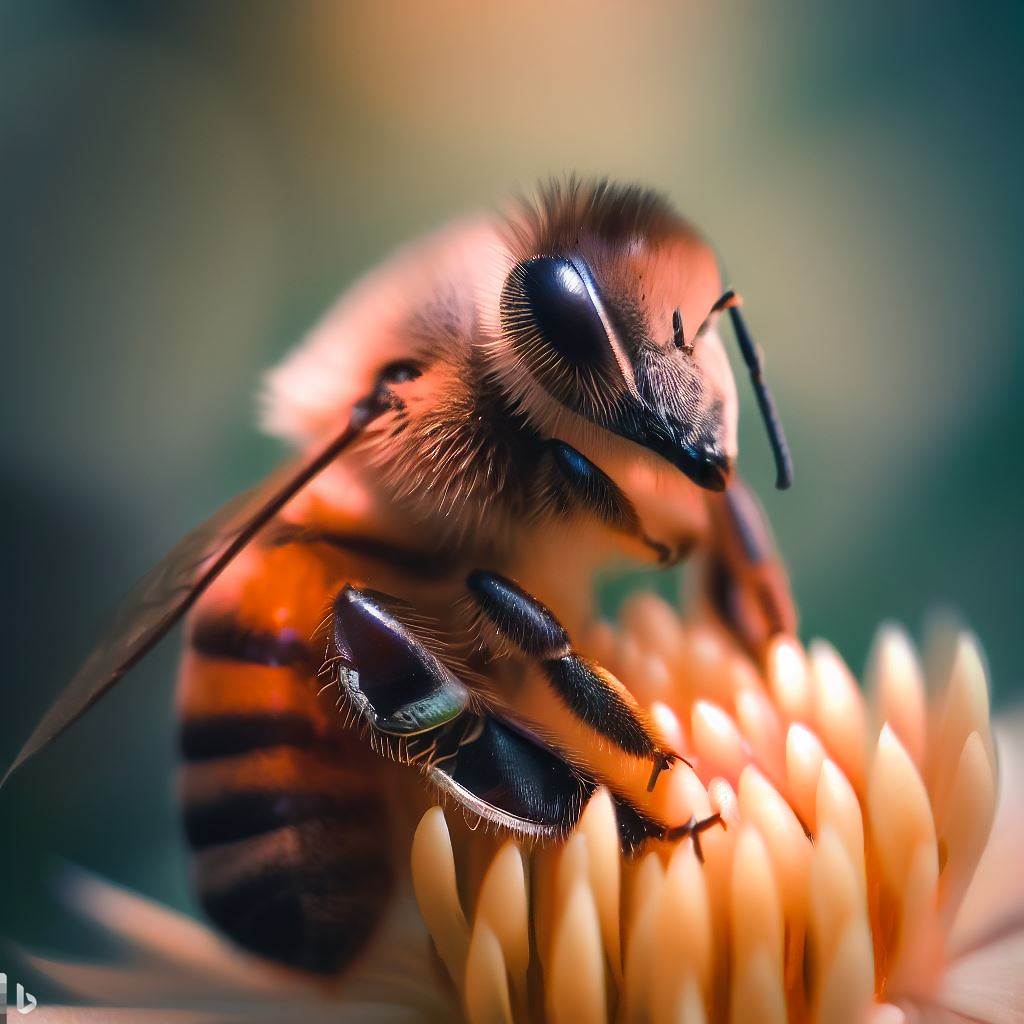 I’m going to kick things off by diving into the fascinating world of bees. Now, these little creatures are far more than just winged insects with a penchant for flowers. They’re pivotal players in our ecosystems, and frankly, our day-to-day lives depend on them more than you might think.
I’m going to kick things off by diving into the fascinating world of bees. Now, these little creatures are far more than just winged insects with a penchant for flowers. They’re pivotal players in our ecosystems, and frankly, our day-to-day lives depend on them more than you might think.
You’re going to find out about the sheer variety and omnipresence of bees. We’re not just talking about one or two types buzzing around your garden. Imagine over 20,000 different species, each with their own unique quirks, scattered across all continents except Antarctica.
This isn’t just about their diversity; it’s also about their roles. Bees are nature’s master pollinators, shuffling pollen from one bloom to another, inadvertently ensuring that plants reproduce. This ballet between bee and blossom isn’t only a wonder of nature but also a cornerstone of agriculture. Without bees, a significant portion of your favorite fruits and vegetables would vanish from your plate.
Now, you might wonder, what’s so special about these insects? What hidden marvels do they hold within their hives and daily foraging expeditions? That’s where the buzz really begins. As we transition to the heart of the matter, you’re primed to enter the hive and explore the top 10 unprecedented facts about bees that truly define their extraordinary existence.
Unveiling the Hive: Top 10 Fascinating Bee Facts
Ever observed a bee flitting from flower to flower and wondered what’s behind all that buzz? Let’s shed some light on these industrious insects. First off, did you know bees communicate through an elaborate ‘waggle dance’? It’s true; forager bees perform this intricate choreography to tell their hive mates exactly where to find rich nectar sources.
What’s equally amazing is how bees navigate. They use the sun as a compass, even on cloudy days, thanks to their ability to detect polarized light. This, combined with their memory of landmarks, allows them to find their way home from up to 13 miles away!
Despite their tireless work ethic, bees have a relatively short lifespan. Worker bees, for instance, live around six weeks during the active season. However, their lives are a blur of productivity, collecting enough resources to sustain their colonies throughout the year.
Speaking of productivity, let’s talk honey. Bees visit up to 2,000 flowers a day and fly as far as 55,000 miles to produce just a pound of honey. This sweet substance isn’t just a treat for us; it’s essential for the bees, serving as their primary food source during colder months.
The queen bee is the heart of the hive. She’s the only female laying eggs, up to 2,500 a day, ensuring the survival and growth of the colony. While she has longevity on her side, living up to five years, her existence is solely for reproduction.
Not all bees are buzzing around your garden; they occupy a variety of habitats from forests to deserts. These range from social honeybees to solitary species that don’t produce honey at all.
Now, bee stings are an unfortunate experience for many, but they’re a defense mechanism for bees. The sting marks a bee’s last stand to protect the hive, as it’s a fatal act for the bee itself.
Bees are models of societal organization. Each bee has a particular job—whether it’s tending to the queen, guarding the hive, or foraging for food. This division of labor ensures the colony’s efficiency and survival.
Their architectural skills are not short of wondrous—the hexagonal pattern of honeycombs is a result of unparalleled precision. This structure not only stores their honey but also cradles their young and maximizes space without compromising strength.
Despite their significance, bees face serious threats like colony collapse disorder, where worker bees vanish, leaving behind a queen and immature bees. The causes range from pesticides and pathogens to habitat loss, highlighting the need for action to protect these vital pollinators.
Supporting Our Stripey Friends: Helping Bees Thrive
I’m going to wrap up our buzzing tour with the encouraging news that each of us has the power to make a difference in the lives of bees. While the challenges of habitat loss, pesticides, and diseases are very much real, your individual contributions can pave the way for healthier bee populations.
You’re going, to begin with, a garden, however small. Choosing flowers like lavender, sunflowers, and wildflowers can provide bees with the nectar and pollen they need to thrive. But it’s not just about planting; avoiding pesticides is equally crucial.
There’s a lot of opportunity in fostering community spaces that are bee-friendly. Supporting local parks and public gardens that use sustainable practices can create safe havens for our buzzing companions.
You can always adjust your approach down the road, but participating in or promoting ecological farming is a fantastic place to start. By choosing organic products, you’re indirectly supporting agricultural methods that protect bee populations.
Don’t worry too much about having to make big sweeping changes. Sometimes, the smallest acts, like sponsoring a beehive or building a simple bee hotel in your yard, can accumulate to have significant impacts.
In my opinion, making informed choices when you shop and spreading awareness are both powerful tools. Educate others about the importance of bees and advocate for policies that protect them.
I really hope that you feel inspired to join the cause for bees. Together, we can create a buzz loud enough to initiate change and safeguard these vital pollinators for future generations.

What a fantastic and enlightening article on the vital role of bees in our ecosystem! I was particularly fascinated by the information about the “waggle dance” and how bees use it to communicate the location of nectar sources. The explanation of their navigation skills using polarized light was equally impressive. It’s clear how essential bees are not only for pollination but also for the production of honey. The section on the threats they face, like colony collapse disorder, underscores the urgency of protecting these incredible insects. Great job highlighting practical ways we can all help support bee populations!
Thanks for your input! The more I learn about bees the more I want to learn and help in any way I can.
Did you know that bees can be sent through the mail? I’ll have to do an article on that when I gain more information on it.